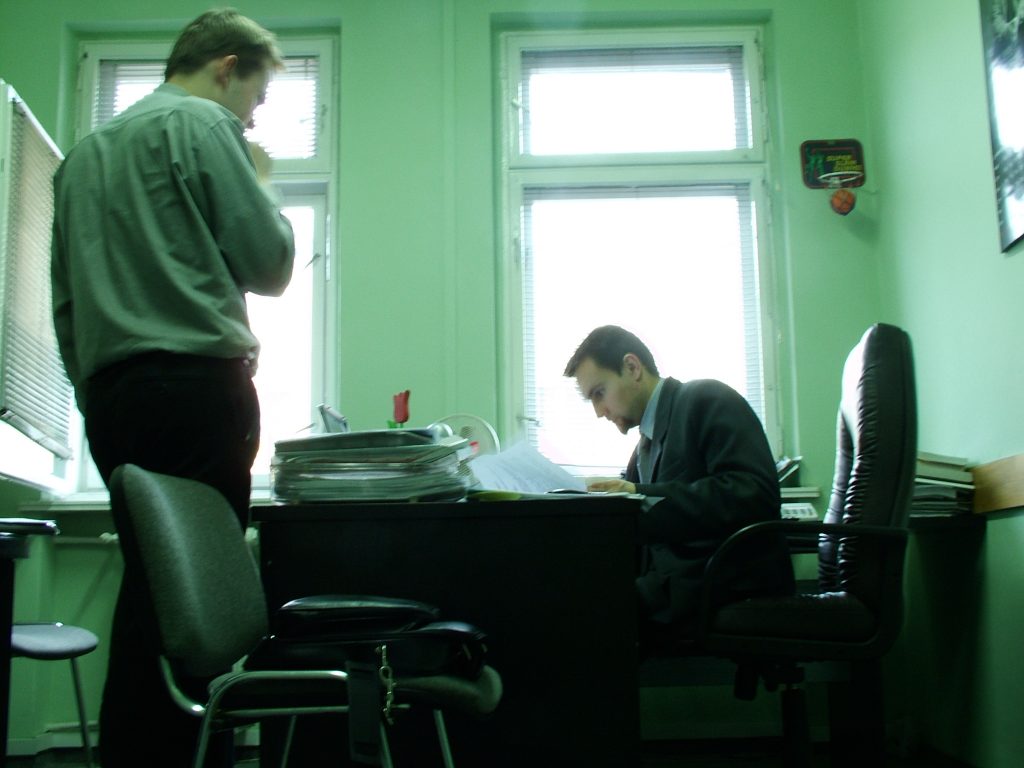 The last thing that you want to do after dealing with litigious matters is have to hire more lawyers. However, if you believe your lawyer committed legal malpractice thats exactly what you will be forced to do. Lawsuits containing claims of legal malpractice are taken very seriously by the courts presiding over them. Very strict timelines dictate when you must file a lawsuit alleging legal malpractice and if your not careful your case could be dismissed before it gets started. A recent case out of the Louisiana Fourth Circuit Court of Appeal discusses a lower courts ruling in a legal malpractice lawsuit in favor of Defendants, Romauldo Gonzalez, Sr., and the Law Offices of Romauldo Gonzalez, L.L.C. d/b/a Braden Gonzalez and Associates (collectively, “Mr. Gonzalez”) based on prescription arguments.
The last thing that you want to do after dealing with litigious matters is have to hire more lawyers. However, if you believe your lawyer committed legal malpractice thats exactly what you will be forced to do. Lawsuits containing claims of legal malpractice are taken very seriously by the courts presiding over them. Very strict timelines dictate when you must file a lawsuit alleging legal malpractice and if your not careful your case could be dismissed before it gets started. A recent case out of the Louisiana Fourth Circuit Court of Appeal discusses a lower courts ruling in a legal malpractice lawsuit in favor of Defendants, Romauldo Gonzalez, Sr., and the Law Offices of Romauldo Gonzalez, L.L.C. d/b/a Braden Gonzalez and Associates (collectively, “Mr. Gonzalez”) based on prescription arguments.
In July of 2013, Marco Tulio Miralda filed a legal malpractice lawsuit against Mr. Gonzalez. In his petition, Mr. Miralda alleged that he retained Mr. Gonzalez in early 2008 in regards to renegotiating a mortgage note held by Wells Fargo on his New Orleans home. Mr. Miralda was in default on his mortgage note and Wells Fargo had initiated foreclosure proceedings on the property. Mr. Miralda alleged that Wells Fargo was inclined to negotiate reinstatement of the loan.
Mr. Miralda was allegedly advised by Jose Chacon, a non-attorney employee of Mr. Gonzalez’s law firm, to deposit $30,000 into a trust account to serve as a down payment, for purposes of the renegotiation. Per the instructions, Mr. Miralda deposited $33,864.75 into the trust account.
 Louisiana Personal Injury Lawyer Blog
Louisiana Personal Injury Lawyer Blog


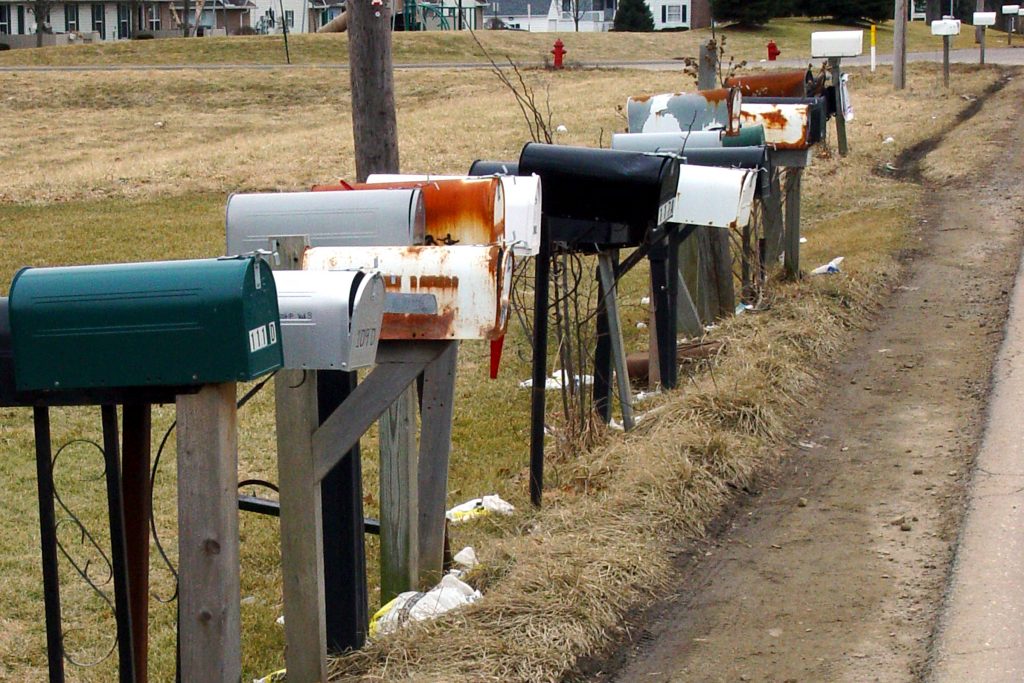 In order to file an insurance claim you first must have insurance coverage. It’s important that you stay aware of the renewal dates for the continuation of coverage so that you do not end up losing out on critical insurance payments in times of crisis. In certain situations it’s your insurance company or agent’s duty to notify you that your coverage has lapsed. A recent case involving a homeowners insurance policy for a property located on Lafourche Street in New Orleans discusses the burden of proof necessary to justify a homeowner’s claims of improper notification of nonrenewal by his insurance agent.
In order to file an insurance claim you first must have insurance coverage. It’s important that you stay aware of the renewal dates for the continuation of coverage so that you do not end up losing out on critical insurance payments in times of crisis. In certain situations it’s your insurance company or agent’s duty to notify you that your coverage has lapsed. A recent case involving a homeowners insurance policy for a property located on Lafourche Street in New Orleans discusses the burden of proof necessary to justify a homeowner’s claims of improper notification of nonrenewal by his insurance agent.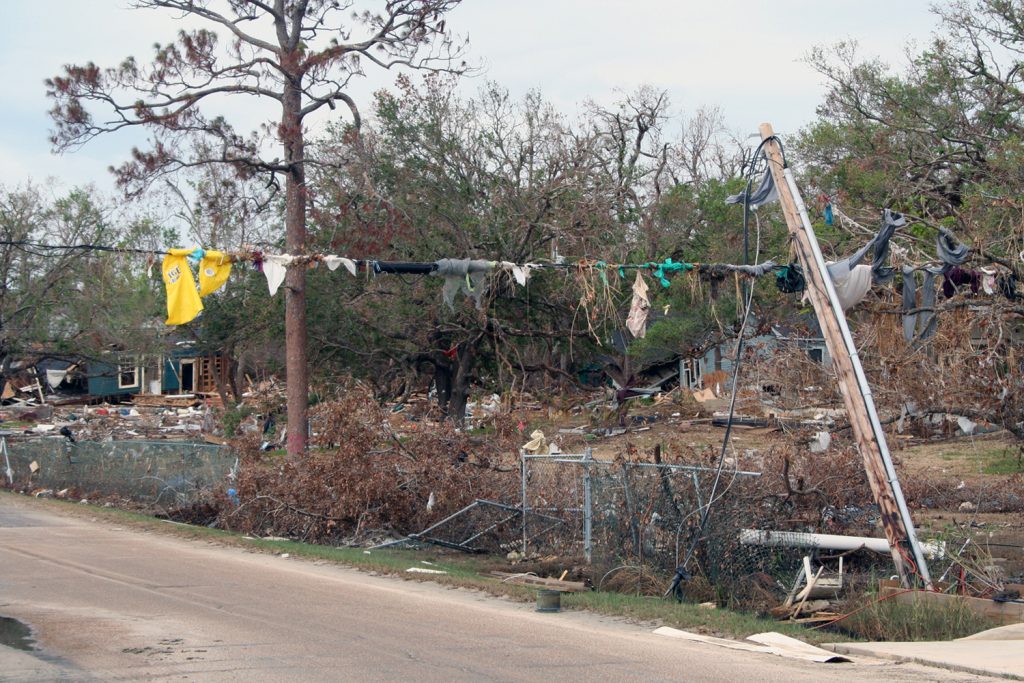 Class actions can be complex cases that lead the parties involved to appeal many of the decisions of the trial court. Sometimes the appeals court will determine that certain issues need more review at the trial court level prior to any decisions being issued on their part. A recent case out of Orleans Parish, involving a class action lawsuit for claims of improper insurance claim handling and delay of repair claims discusses the limits of what is proper for appeals court in Louisiana to review.
Class actions can be complex cases that lead the parties involved to appeal many of the decisions of the trial court. Sometimes the appeals court will determine that certain issues need more review at the trial court level prior to any decisions being issued on their part. A recent case out of Orleans Parish, involving a class action lawsuit for claims of improper insurance claim handling and delay of repair claims discusses the limits of what is proper for appeals court in Louisiana to review. When one is injured by the actions of another, it is hard to consider all of the moving parts inside and outside of a lawsuit designed to make the injured person whole again. Past medical bills after an accident may come back to haunt someone who has been injured after they have won their personal injury lawsuit.
When one is injured by the actions of another, it is hard to consider all of the moving parts inside and outside of a lawsuit designed to make the injured person whole again. Past medical bills after an accident may come back to haunt someone who has been injured after they have won their personal injury lawsuit. Patricia Jolynn Paulsell-Lathrop (Ms. Paulsell) was injured in a motorcycle accident on June 13, 2005. She, consequently, needed extensive medical care. Her health insurance company covered some of the medical costs. The Louisiana Department of Health and Hospitals- Medicaid Program (DHH) covered some additional costs. According to DHH, Ms. Paulsell received $69,131.92 in medical assistance payments from June 13, 2005 through December 8, 2008.
Patricia Jolynn Paulsell-Lathrop (Ms. Paulsell) was injured in a motorcycle accident on June 13, 2005. She, consequently, needed extensive medical care. Her health insurance company covered some of the medical costs. The Louisiana Department of Health and Hospitals- Medicaid Program (DHH) covered some additional costs. According to DHH, Ms. Paulsell received $69,131.92 in medical assistance payments from June 13, 2005 through December 8, 2008. Many people in Louisiana have been in a situation where they are striving to earn a promotion at work. Employers typically reward loyal, qualified employees in these circumstances, but sometimes there is more than one employee who may be right for the job. The ultimate choice may leave other employees feeling spurned or, in some situations, questioning if the decision was made for the wrong reasons.
Many people in Louisiana have been in a situation where they are striving to earn a promotion at work. Employers typically reward loyal, qualified employees in these circumstances, but sometimes there is more than one employee who may be right for the job. The ultimate choice may leave other employees feeling spurned or, in some situations, questioning if the decision was made for the wrong reasons. Everyone likes to be paid what they think they are worth at their jobs. But, sometimes employers take actions that make employees question their value and question whether or not the employer has ulterior motives. That seems to have been the thought process for the former coach of LSU’s women’s tennis team, and he filed a lawsuit as a result.
Everyone likes to be paid what they think they are worth at their jobs. But, sometimes employers take actions that make employees question their value and question whether or not the employer has ulterior motives. That seems to have been the thought process for the former coach of LSU’s women’s tennis team, and he filed a lawsuit as a result.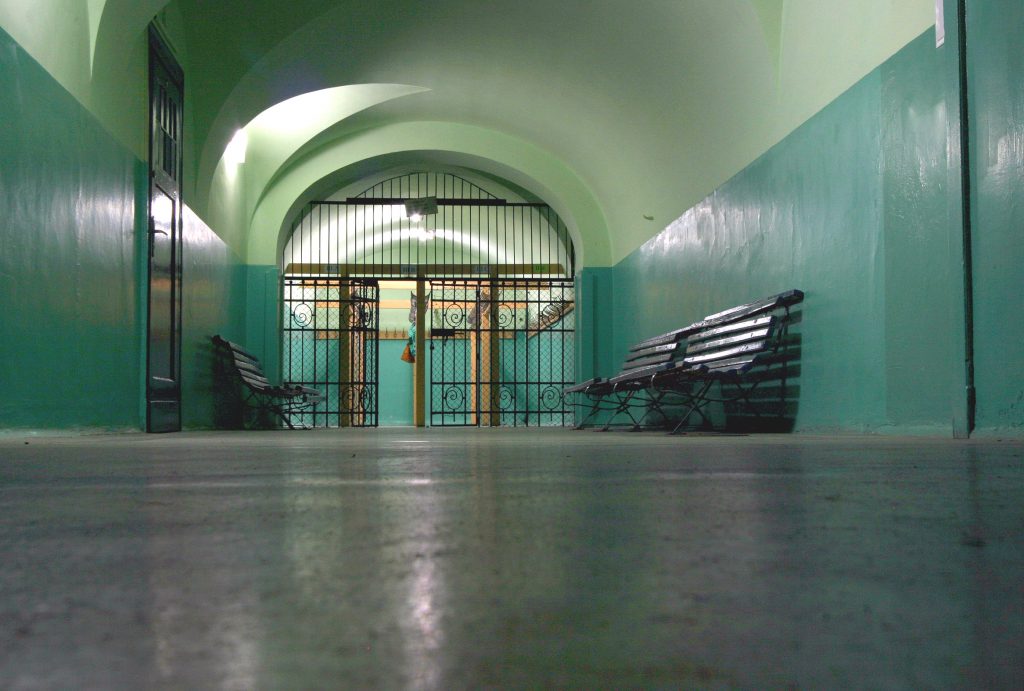 Litigating an issue once is a difficult and time consuming process in itself, and having to do so twice would be an unbearable and unfair burden which is the reason for the existence of the doctrine of res judicata. It serves the courts purposes of fairness and efficiency by preventing the relitigation of matters previously litigated and decided on as well as those that should have been raised and litigated in a previous lawsuit. The application of this doctrine is a complicated and lengthy one but the Second Circuit when reviewing a trial courts application of the doctrine in a lawsuit involving teacher Kamithia D. Penton as plaintiff and the Caddo Parish School Board (CPSB) as defendant (with others) was able to do so whilst also addressing a few of the doctrines exceptions.
Litigating an issue once is a difficult and time consuming process in itself, and having to do so twice would be an unbearable and unfair burden which is the reason for the existence of the doctrine of res judicata. It serves the courts purposes of fairness and efficiency by preventing the relitigation of matters previously litigated and decided on as well as those that should have been raised and litigated in a previous lawsuit. The application of this doctrine is a complicated and lengthy one but the Second Circuit when reviewing a trial courts application of the doctrine in a lawsuit involving teacher Kamithia D. Penton as plaintiff and the Caddo Parish School Board (CPSB) as defendant (with others) was able to do so whilst also addressing a few of the doctrines exceptions. Plaintiff Richard Reynolds sustained injuries in a multi-vehicle accident on March 15, 2008, in St. Tammany Parish. Reynolds alleged, amongst other counts, that his insurer, Automobile Club Inter-Insurance Exchange (ACE) and Insurance Auto Auctions Corporation (IA) failed to preserve Reynolds’ vehicle for inspection purposes to determine whether any defects existed, despite being put on notice of the need for preservation. ACE and IA defended themselves by stating there was “no cause of action” for what Reynolds was attempting to sue for, and the Supreme Court of Louisiana granted certiorari, or an order to review the decision of the lower court, to definitively rule on the viability of negligent spoliation of evidence as a cause of action in Louisiana.
Plaintiff Richard Reynolds sustained injuries in a multi-vehicle accident on March 15, 2008, in St. Tammany Parish. Reynolds alleged, amongst other counts, that his insurer, Automobile Club Inter-Insurance Exchange (ACE) and Insurance Auto Auctions Corporation (IA) failed to preserve Reynolds’ vehicle for inspection purposes to determine whether any defects existed, despite being put on notice of the need for preservation. ACE and IA defended themselves by stating there was “no cause of action” for what Reynolds was attempting to sue for, and the Supreme Court of Louisiana granted certiorari, or an order to review the decision of the lower court, to definitively rule on the viability of negligent spoliation of evidence as a cause of action in Louisiana. 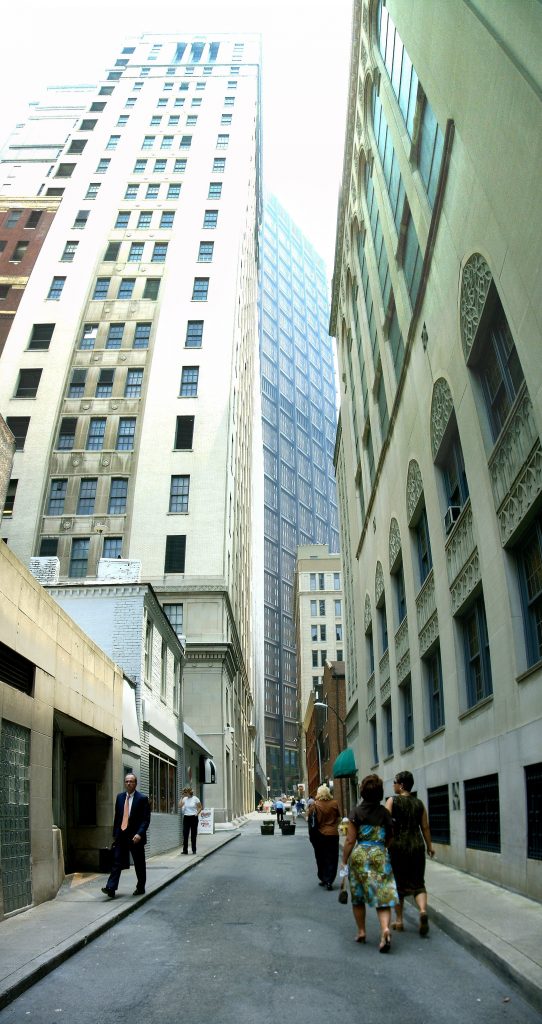 Mental and physical disability is a trying issue for families that can cause incredible stress, especially when the person suffering from these infirmities is unwilling or unable to recognize their condition. Further, when the person is mentally unable to manage their health, personal, financial, and business affairs, legals steps must be taken to protect those interests and counsel from an excellent lawyer can mitigate some of the pain and stress such a situation can cause a family. The Foster family faced just such a situation when Mrs. Patricia Foster suffered a ruptured brain aneurysm during surgery and as a result of brain injury no longer was able to live independently, care for herself, or make sound personal and financial decisions. Her husband, Mr. Billy Joe Foster, thus sought a full interdiction so that he could make legal decisions on her behalf. The trial court took testimony from Mr. Foster’s doctors and her family members and ruled that full interdiction was warranted. Mrs. Foster appealed and the Louisiana First Circuit Court of Appeal upheld the full interdiction order.
Mental and physical disability is a trying issue for families that can cause incredible stress, especially when the person suffering from these infirmities is unwilling or unable to recognize their condition. Further, when the person is mentally unable to manage their health, personal, financial, and business affairs, legals steps must be taken to protect those interests and counsel from an excellent lawyer can mitigate some of the pain and stress such a situation can cause a family. The Foster family faced just such a situation when Mrs. Patricia Foster suffered a ruptured brain aneurysm during surgery and as a result of brain injury no longer was able to live independently, care for herself, or make sound personal and financial decisions. Her husband, Mr. Billy Joe Foster, thus sought a full interdiction so that he could make legal decisions on her behalf. The trial court took testimony from Mr. Foster’s doctors and her family members and ruled that full interdiction was warranted. Mrs. Foster appealed and the Louisiana First Circuit Court of Appeal upheld the full interdiction order.